At PracticalAdultInsights, we're committed to delivering accurate, trustworthy information. Our expert-authored content is rigorously fact-checked and sourced from credible authorities. Discover how we uphold the highest standards in providing you with reliable knowledge.
What are the Different Types of Cosmetology Courses?
Cosmetology is a general term that refers to professional careers in the field of personal beauty and grooming, such as hair styling, skincare, makeup application, and nail treatment. To become a certified cosmetologist, one must complete a state- or regionally-accredited cosmetology program. Generally, programs consist of basic cosmetologist courses that most students take to gain all-around beauty knowledge, as well as more advanced courses if he or she decides to specialize in a particular beauty area.
Most cosmetology school programs have basic theory cosmetology courses. These introductory overviews generally focus on sanitation procedures, professional ethics, state or regional regulations, hygiene practices, and equipment safety. Theory courses may also teach students chemistry, anatomy, and physiology, and how they relate to cosmetology.

There are several cosmetology courses that focus on hair. Basic hair courses teach students how to wash, cut, and dry hair, as well as scalp massage techniques. More advanced hair courses involve hair coloring and highlighting, hair styling for formal occasions, chemical treatment to change hair texture, and braiding or applying hair extensions. Usually students begin practicing hair techniques on mannequins and then advance to people.

Cosmetology schools generally offer courses on skin topics and spa treatments as well. Beginner skin courses typically teach students how to properly cleanse skin and give facial massages, as well as how to identify customer skin types in order to develop personalized skincare regimes. Students also may learn how to apply facial masks and how to shape eyebrows by tweezing or hot waxing. Students who plan to have careers working in spas can take additional skin courses that may delve into full body hair waxing, applying chemical skin treatments, and learning safe techniques for tinting eyelashes and eyebrows.

Many schools offer cosmetology courses on makeup application. Students learn about basic makeup application techniques, such as learning how to match makeup colors to suit individual skin tones and how to create different looks for customers. They may also be taught about proper makeup sanitation procedures, such as safely disinfecting tools. If a cosmetology student decides to become a makeup artist, he or she can advance to specialized makeup courses. For instance, a student can study how to apply stage makeup or special effects makeup, as well as learn about the chemistry of makeup if he or she is interested in developing his or her own cosmetic brands.

Classwork focusing on fingernails and toenails is a commonly offered cosmetology course. Besides showing how to paint nails, these courses demonstrate instrument sanitation and proper spa manicure and pedicure techniques, such as soaking, moisturizing, and trimming nails. Students also learn how to give hand and foot massages, and apply artificial nails. Those wishing to specialize in nails may also take advanced cosmetology courses on artistic nail design, including airbrushing and applying gemstones.
AS FEATURED ON:
AS FEATURED ON:











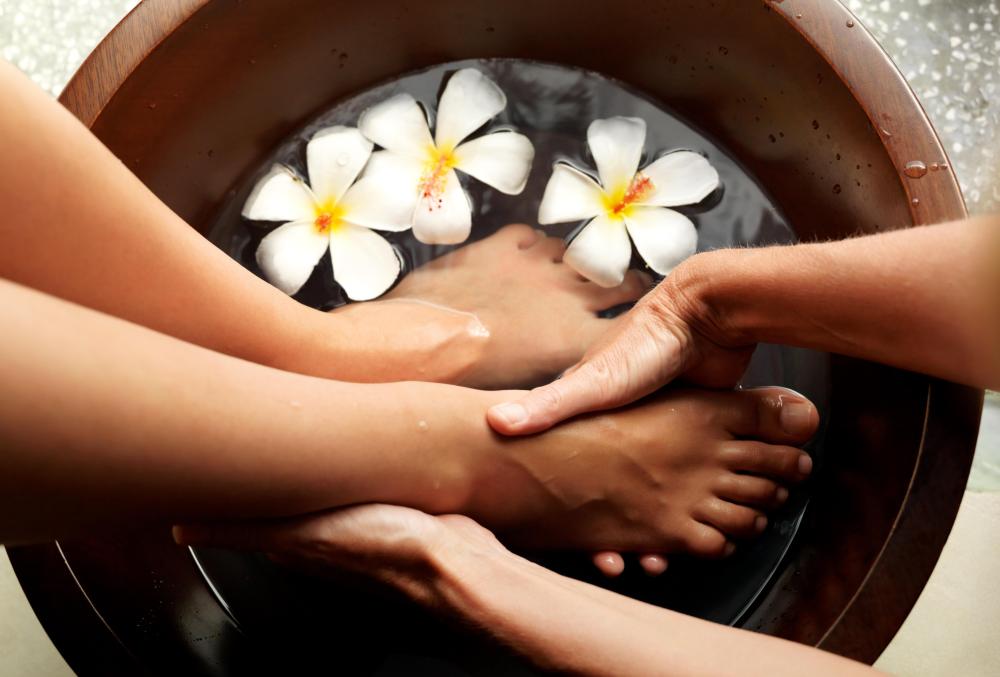
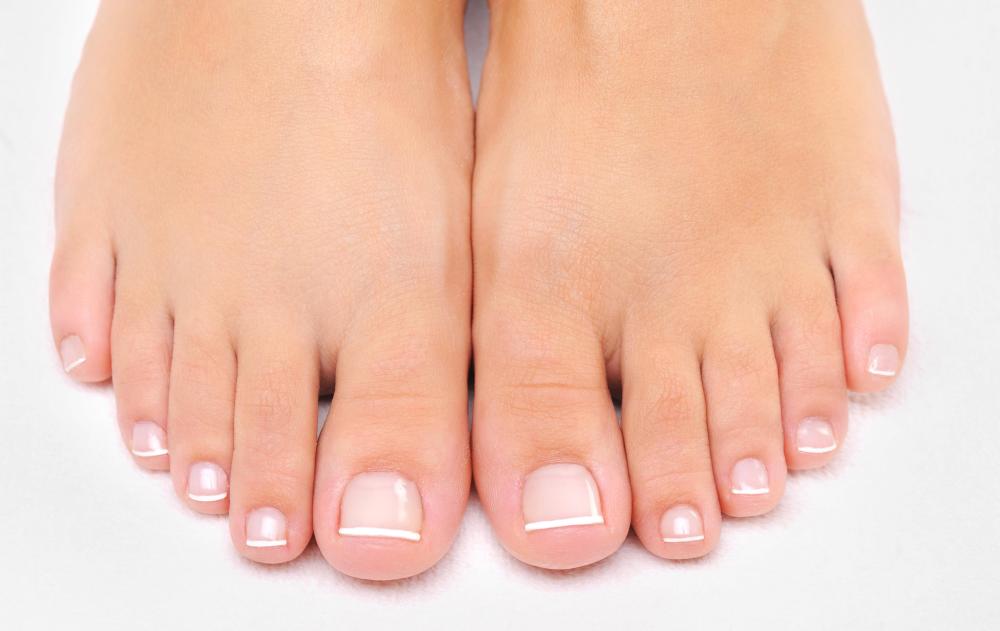
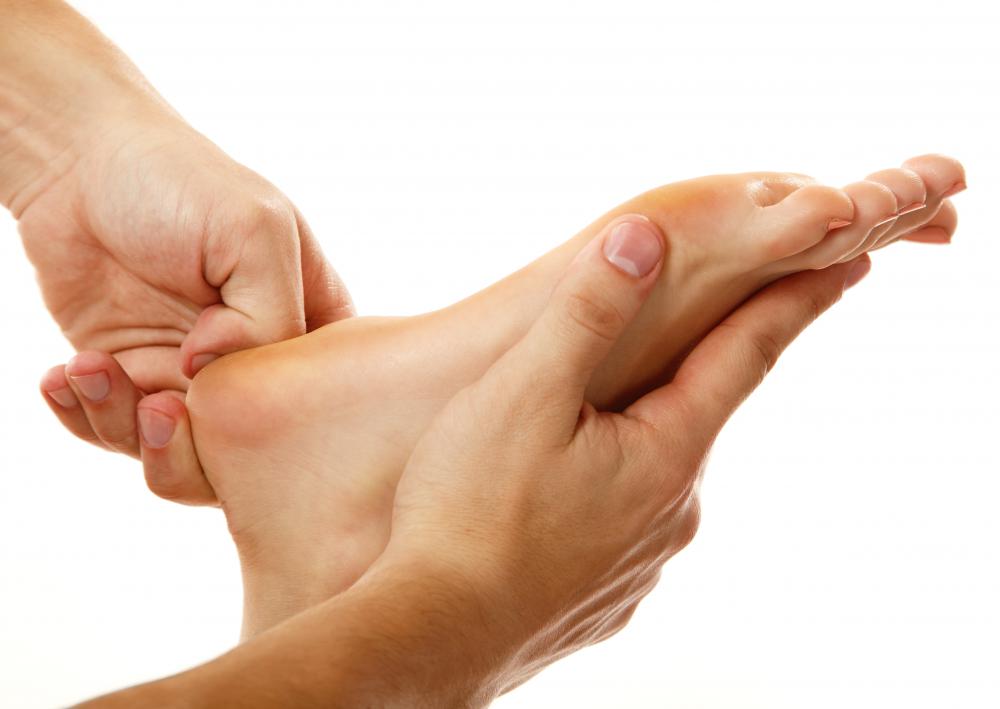
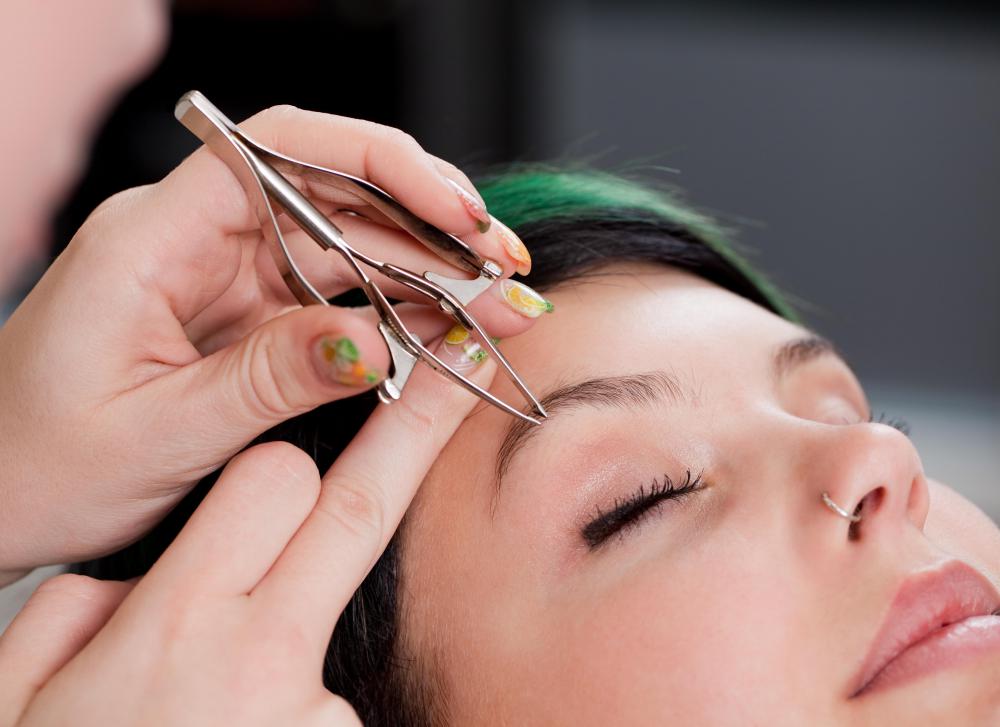
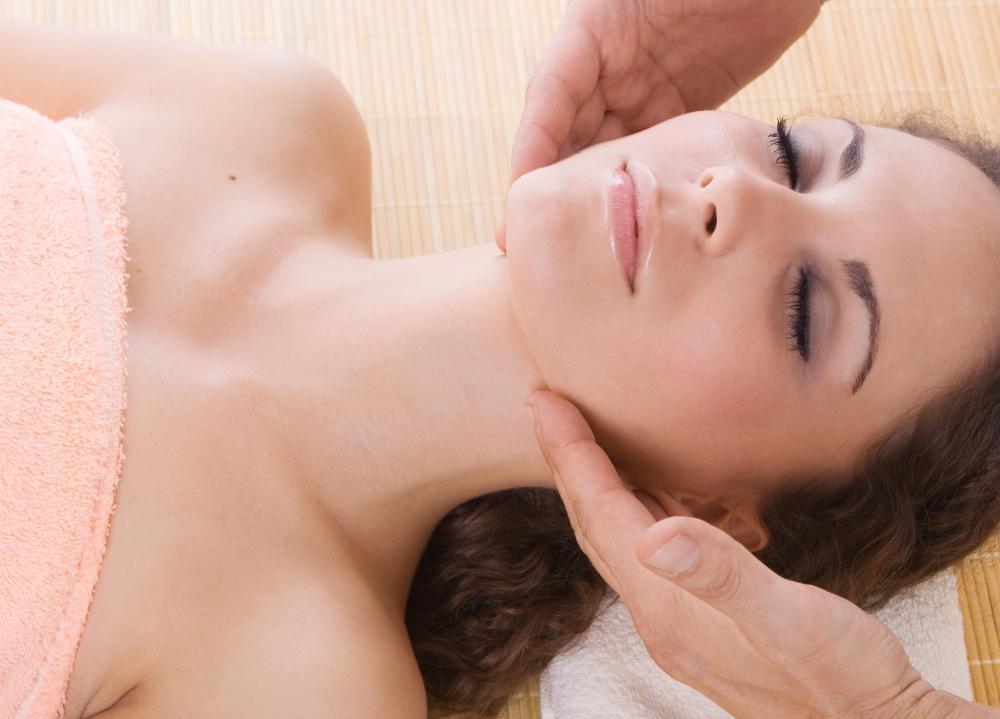
Discussion Comments
Anyone going into cosmetology should pay extra close attention when taking hair courses on the application of coloring. This can be the trickiest part of working as a beautician, and those who do not understand how to mix and apply hair color properly may disappoint his or her clients.
I think that makeup application is the most interesting course when it comes to cosmetology. Anyone going into this field should take at least one class on makeup, because learning how to apply it properly will most likely come in handy during his or her career.
Even hair dressers may find themselves having to apply makeup, especially when their clients have special occasions to attend. Knowing how to apply makeup will allow a cosmetologist to take care of all of his or her clients beauty needs.
Post your comments